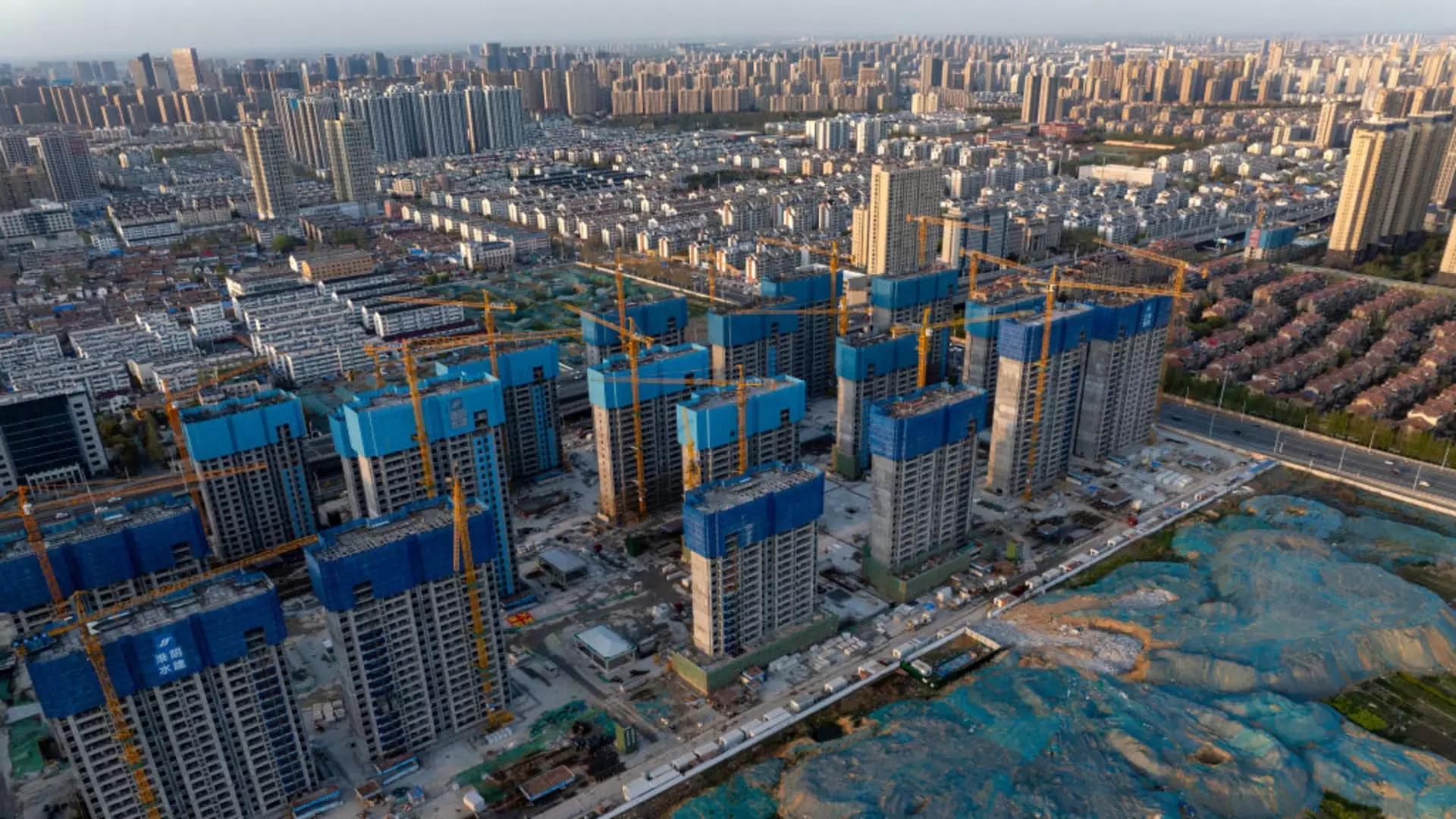China’s economy is facing challenges in the housing market, with experts warning of a potential “balance sheet recession.” Richard Koo, chief economist at Nomura Research Institute, emphasized the need for convincing people that home prices are set to rise in order for economic activity to rebound. However, the uncertainty surrounding the actual bottom of prices raises concerns about the effectiveness of this strategy.
In China’s policy-driven economy, the real estate sector has not experienced as significant of a decline as other aspects of the property market. Chinese officials have acknowledged that the sector is still in a period of “adjustment,” while shifting focus towards new growth drivers such as manufacturing and new energy vehicles. With real estate and related sectors contributing substantially to China’s economy, the challenges in the housing market could have widespread implications.
Reflecting on past stimulus programs in China, Richard Koo highlighted the risks associated with large-scale government interventions. China’s stimulus package following the global financial crisis initially faced skepticism and led to a significant drop in stock prices. Despite achieving rapid growth, continued stimulus measures eventually resulted in overheating of the economy and speculation, along with issues of corruption. This historical context serves as a cautionary tale for policymakers in Beijing.
China’s official growth rate of 5.2% in 2023 marked a positive turning point after the Covid-19 controls. However, setting a target of around 5% growth for 2024 without substantial stimulus has raised doubts among analysts. The reluctance of Chinese authorities to engage in extensive support measures can be attributed to the perceived failures of previous stimulus programs. Beijing’s approach of cautious optimism reflects a desire to avoid repeating past mistakes and maintain long-term economic stability.
Looking ahead, Richard Koo emphasized the importance of stimulating the economy to prevent a balance sheet recession. While short-term interventions may be necessary to spur growth, it is essential for policymakers to exercise prudence in managing the pace of recovery. The delicate balance between stimulating economic activity and avoiding unsustainable growth patterns remains a key challenge for China’s economic outlook.
The economic landscape in China presents a complex mix of challenges and opportunities. The housing market, historical experiences with stimulus programs, growth targets, and future prospects all shape the trajectory of China’s economy. By critically analyzing these factors and learning from past mistakes, policymakers can navigate the current uncertainties and pave the way for sustainable growth in the years to come.

